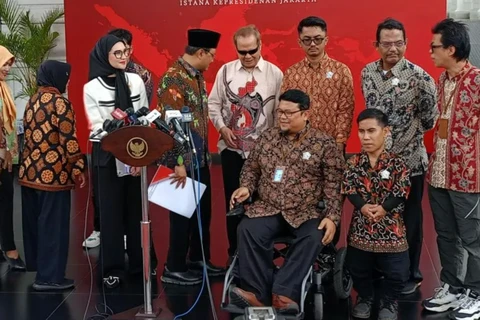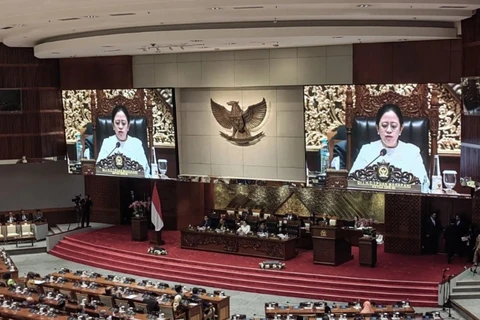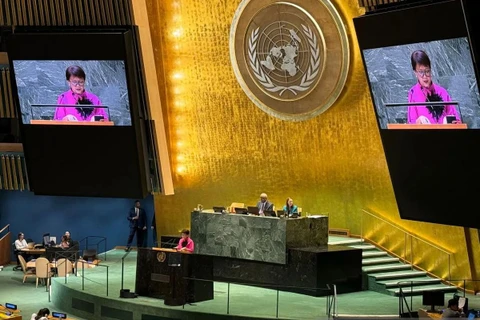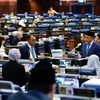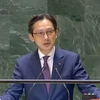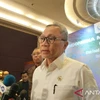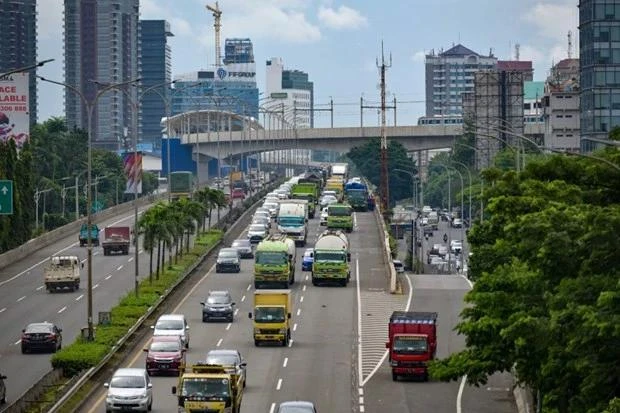
Jakarta (VNA) – Indonesia recorded deflation for five straight months, from May to September, considered the worst since the seven-month deflationary period in 1999, when it was hit hard by the Asian financial crisis, according to the Central Statistics Agency (BPS).
During the COVID-19 pandemic, it also experienced deflation for three consecutive months, from July to September 2020.
Economists blamed the five-month deflation on weak purchasing power or demand-related pressure. However, BPS held that the recent deflation trend was caused by lower food production cost and supply-related factors.
Meanwhile, Director of the Centre of Reform on Economics (CORE) Indonesia Mohammad Faisal explained that deflation occurs when economic conditions are not good and demand is weak. This is abnormal and worrying as the country’s economic growth is still above 5%.
Faisal said amid the recent context of Indonesia, people’s income is decreasing and lower than the pre-pandemic period. Besides, many haven’t been able to return to work after they were discharged during the pandemic.
This has affected people’s spending, especially the middle and lower classes. The middle class is the main driver of Indonesia’s economic growth since they are the biggest consumption contributors. Besides, household spending is the largest source of the gross domestic product (GDP), he added.
Economists called on the Indonesian Government to act quickly to shore up the weak purchasing power.
However, Coordinating Minister for Economic Affairs Airlangga Hartarto perceived that people’s purchasing power is not weak as core inflation is maintained, adding the cause of deflation over the last five months was that prices were controlled by the Government and fluctuated./.
